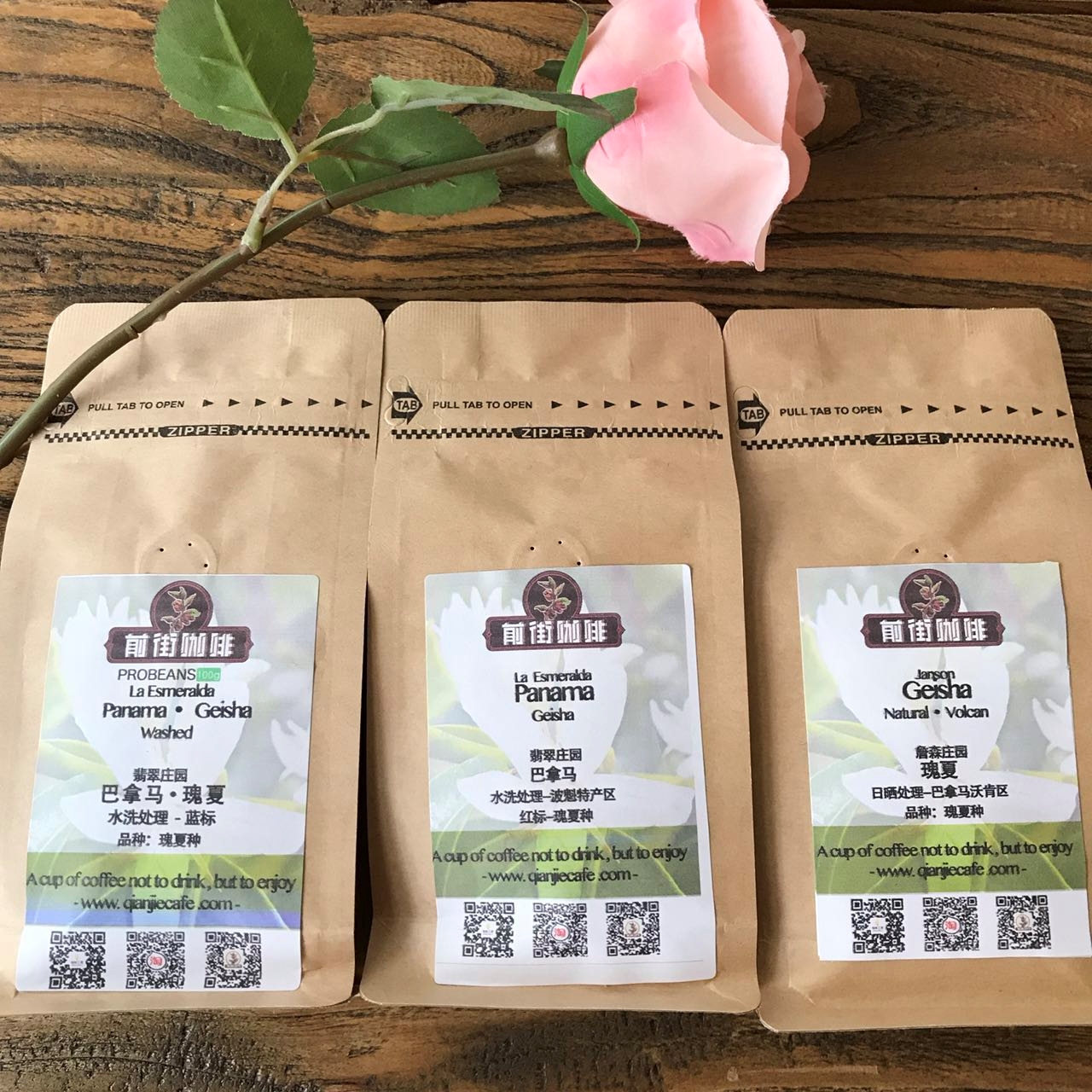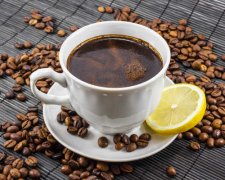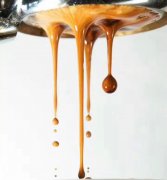How to understand the meaning of coffee bean packaging
Professional barista communication, please pay attention to coffee workshop (Weixin Official Accounts cafe_style)
1. Brand name: Obviously, all companies put their brand name on packaging. Brand is an important basis for choosing coffee, but remember that the bigger the brand (Starbucks, for example), the better the quality of coffee. Sometimes choosing smaller brands of beans can surprise you!
2. Origin, blend or individual: This is an important basis for our classification of coffee. Coffee origin marks are very similar to red wine, usually printed on the packaging obvious name of origin, although some traditional origin marks are not accurate, but still have a certain reference value. Coffee from Sumatra, for example, is often herbaceous, spicy and intense. Apart from the origin,"blend" coffee generally has a constant taste and its quality stands the test of time;"single" coffee has a unique taste, but its quality is not as stable as blend coffee.
3. Whole or ground coffee: no need to explain. If you have your own grinder, buy whole beans; if not, you can choose ground coffee. Grind your own coffee to ensure the freshness of the coffee to the greatest extent. The coffee powder ground in advance will lose some of its taste or quality. When buying coffee powder, pay attention to whether the grinding degree of coffee matches your brewing equipment.
4. Weight: There is no need to explain too much, there are certain standards for coffee packaging weight within the industry. In the past (U.S. only), coffee bags usually weighed 16 ounces (454 grams), but now most manufacturers choose 12-ounce, 10-ounce, 8-ounce, and even 4-ounce packages. From the weight, you can infer the quality and value of coffee. Typically, micro-batch roasters produce bags of coffee that weigh less, which means the coffee is of high value and good quality, and it deserves careful tasting.
5. Roast date: I partially agree with industry insiders that roast date is one of the most important factors in determining coffee quality. In my opinion, besides the roasting date, the packaging date of coffee is equally important. If roasters store roasted coffee in unsealed packaging, coffee will also deteriorate rapidly. Ideally, roasters store coffee in warm, sealed bags, and the best shelf life is usually 2-5 weeks; with a single vent, the shelf life of coffee can be extended to months. Our principle is that the fresher the coffee, the better, so be sure to pay attention to the roast date on the package when buying coffee. Don't be fooled by the fact that many big brands print "best tasting date" on their packages, the real roast date of coffee is usually six months or one year before the "best tasting date."
6. Usage (drip or espresso): Sometimes the packaging of coffee will be labeled with the purpose of coffee. In the past, most people drank drip coffee at home, so manufacturers sometimes deliberately labeled "espresso" for consumers to refer to. Today, specialty coffee has abandoned the unified roasting model of the past, whether it is "drip" or "espresso", you can choose the brewing method according to your taste preferences.
7. Roast: I personally think that simply using the words "light,""medium," and "deep" to describe the roast of coffee is neither appropriate nor accurate. We remember "deep" roast coffee as smoky, more flavorful, and more bitter, but there are many factors that contribute to these tastes, and we can't use the word "deep" to describe them. At present, the definition of roasting degree within the industry is very general, and the standard is not uniform. One company's "light" roast coffee may be similar to another company's "deep" roast coffee roast degree, so I want to emphasize that the roasting degree can only be used as a rough reference. Please try not to make a choice based on the roasting degree indicated on the package.
Taste characteristics: Compared with other information, the industry's standards for "taste characteristics" are more difficult to unify, some simple and easy to understand, such as "chocolate flavor","nut flavor","fruit flavor", etc.; some are foggy, such as "black currant cream sauce flavor" or "dough flavor", especially for the taste of a unique coffee, it is almost impossible to describe the taste of coffee accurately and intuitively. As for the description of taste characteristics, I personally feel that few people will taste coffee according to the words on the package. Sure, some of the traits have some reference value, and roasters struggle to come up with these words, but what most consumers really care about is whether the coffee brand is trustworthy. So I suggest that manufacturers create two different systems of taste description, one for the industry and one for consumers, with simple words to help them make choices and improve their coffee experience.

Important Notice :
前街咖啡 FrontStreet Coffee has moved to new addredd:
FrontStreet Coffee Address: 315,Donghua East Road,GuangZhou
Tel:020 38364473
- Prev

Shallow roasted coffee beans Why is my coffee so sour?
In fact, coffee itself is an acidic beverage. Whether coffee is sour or not depends on the baking degree of beans. The longer the roasting time is, the higher the caramelization degree is, the more acidic substances are destroyed, the less sour taste is, the shorter the baking time is, the lower the caramelization degree is, the less acidic substances are destroyed, and it is easy to soak.
- Next

The chief culprit of insomnia in drinking coffee why is my coffee getting more and more sleepy?
The main reason why coffee is refreshing is that it contains caffeine. Whether a cup of coffee is refreshing or not depends largely on its caffeine content. Espresso and fancy coffee look cool, but they do contain the least caffeine. The second is to make coffee by hand. The most common kind of coffee is ice drop coffee, which has been in contact with coffee powder for a long time, so the caffeine content extracted by it is
Related
- Beginners will see the "Coffee pull flower" guide!
- What is the difference between ice blog purified milk and ordinary milk coffee?
- Why is the Philippines the largest producer of crops in Liberia?
- For coffee extraction, should the fine powder be retained?
- How does extracted espresso fill pressed powder? How much strength does it take to press the powder?
- How to make jasmine cold extract coffee? Is the jasmine + latte good?
- Will this little toy really make the coffee taste better? How does Lily Drip affect coffee extraction?
- Will the action of slapping the filter cup also affect coffee extraction?
- What's the difference between powder-to-water ratio and powder-to-liquid ratio?
- What is the Ethiopian local species? What does it have to do with Heirloom native species?

